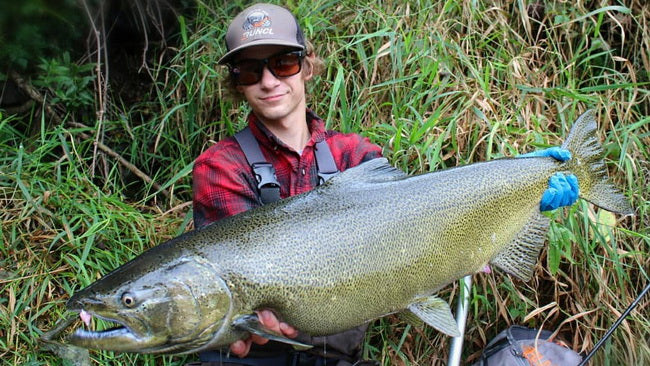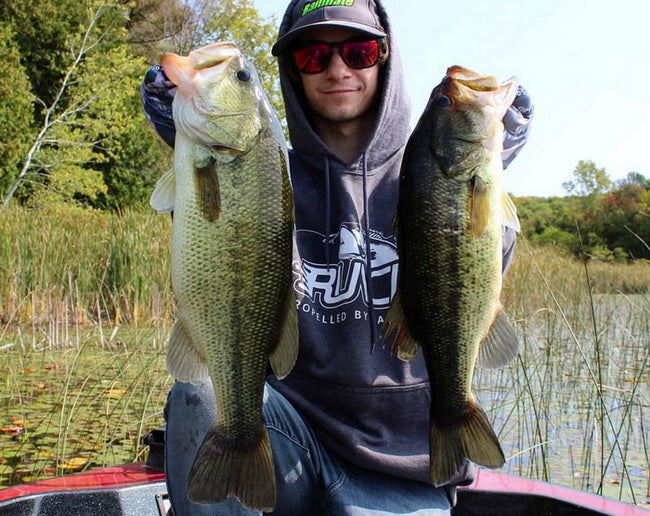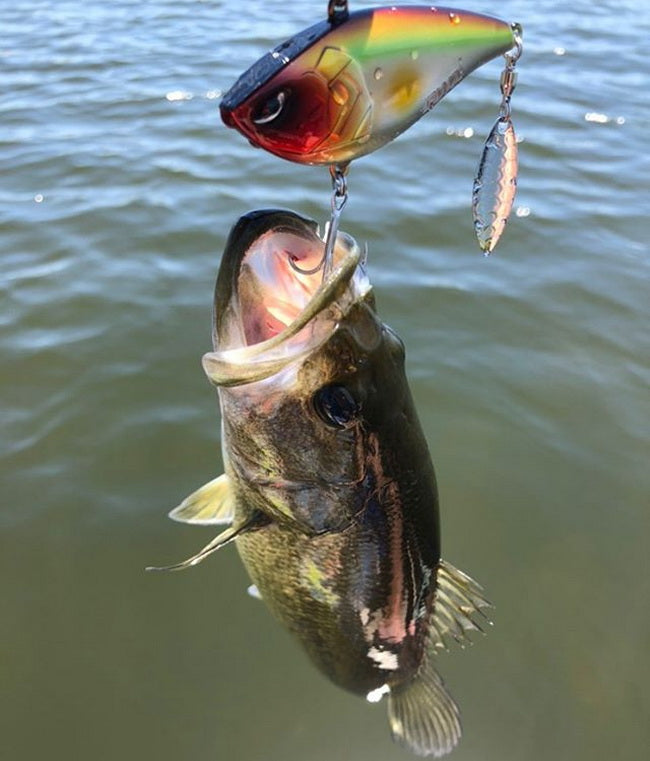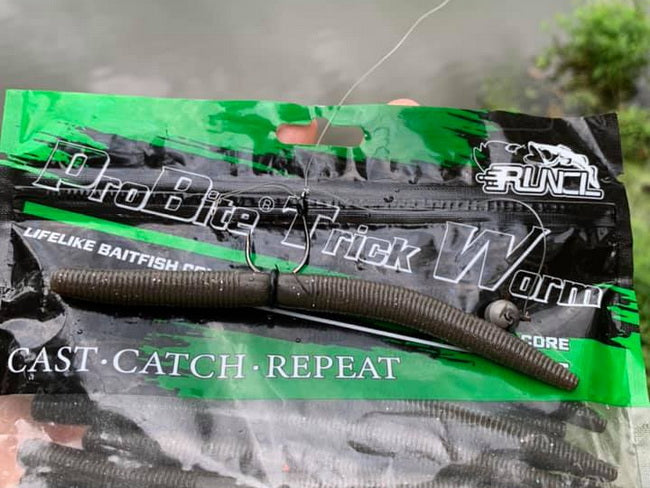The weather is changing, and it’s getting a little cooler out there. You might be thinking it’s time to pack up your gear and start thinking about next season. The months from September to late November are perfect for catching a plethora of species. But where do you start? Here are several factors that can directly correlate to your fall fishing success:

Like the spring, fish don’t bite much from sunup to early morning due to the cold water. The fish start to bite on and off from late morning till noon, but mostly in shallow water. By mid-afternoon, the water temperature has warmed up, and fish come to the surface. The fall is also the season when the fish are seeking to fatten up for the winter. Keep a lookout for the larger fish in bait schools.

For bass: Water temperature determines everything in the fall. During fall, bass will start making their ways towards shallow water more frequently, but most importantly, they’ll hang out around drops and ledges of creeks and rivers. These are the points where rivers meet ponds and lakes, and this is precisely where you want to look for bass.
For walleye: Early in the fall, walleyes can be found relatively shallow, and then as the temperatures drop these fish will move slightly deeper, usually because they are following the bait. But it can vary of course depending on the lake. Most of fish come suspended but some on edges of structure. Waters without any significant current, or an offshore structure like humps or long points can be some good place to look for. These types of structures will attract baitfish as well, which walleyes will opportunistically feed on.
For trout: As soon as the water temperatures drop into the 40 to 50 range, the game of trout fishing is on! Trout enter the shallows at this time of year to spawn. So the areas you want to focus mostly on are weed line edges, fallen timber, woody areas along shorelines, and shallow rocky areas.

For bass: Fall fishing requires covering a lot of water until you find fish, so it would be better to choose some lures that can make fast-moving. Topwater lures like buzzbaits can be a good choice when the water temperature is above 55. Lipless crankbaits, jerkbaits, spinnerbaits, and soft plastics are all great choices when the water temperature gets down into the 50. Try to mimic the size and color of the baitfish. Keep moving and changing baits until you connect with them. Once you find the bass, hang on for some great fishing.

For walleye: On many days when the fishing is good, artificial baits can sometimes work even better. A 4 or 5’’ soft plastic jerkbait rigged up on a jig head is a larger profile than a live minnow, and can sometimes attract walleyes. Stick with natural colors like white or any other shad-based pattern.
For trout: If you’re not a fly-fisherman, don’t panic; trout can be successfully angled using virtually any type of rod, reel, and the baits you usually use for a largemouth bass. Hard baits such as minnows, spoons, and jerkbaits are all great choices. When fishing for brown trouts, try a gold/brown color. When fishing for rainbows, You won’t go wrong with any type of shiny silver spoons.
Besides those fish species mentioned above, there are several other fish can be your target through the fall, like crappie, pike, and musky fishing are all as good as it gets throughout the entire season. The fishing is great because all of these fish know that there is a long winter ahead, so they're eating as much as they can to prepare for it. Anglers should take advantage of this! Visit Here to get some baits ready for a fall fishing trip!
Copyright:@2020-2021
Comments Please sign in or sign up to post.
0
0 of 500 characters used